The content of the article
The emergence of a new life in the family entails drastic changes in the existence of loved ones. First of all, they affect the regimen and nutrition of the mother. A newborn baby is helpless and completely dependent on her. With breast milk, it receives all the nutrients that are important for growth and development. Therefore, everything that a woman absorbs during lactation requires a thorough analysis, limitations, and in some cases a complete rejection. An improperly selected product can harm the health of the baby by disrupting the metabolic processes in the body and adversely affect organs that are not yet fully developed and do not function fully. Also, the mother’s diet should be nutritious and useful in order to restore the vital energy spent on carrying and childbirth, for full participation in the interesting, active around-the-clock life of the baby.
Breastfeeding is the unique ability of the female body to provide the baby with all useful substances and easily digestible food. This is an opportunity to strengthen the immune system and will quickly master in a new, unusual environment for a newborn. A sense of security by the mother and a positive effect on the psycho-emotional state of a nursing woman and baby. This is also a serious work of a woman on herself, her nutrition.
The usual, high-calorie, fried, fatty and too sweet foods will have to be abandoned, giving preference to a healthy, balanced diet. The list of permitted products may include tasty, but not beneficial or harmful products. But the main list should be quality ingredients with valuable composition for the development of the baby and the life of the mother.
To answer the question - is it possible to use pumpkin during lactation, it is worth considering in detail its structure. This will help to understand what is due to its useful properties.
The chemical composition of the pumpkin
- Proteins, carbohydrates.
- Cellulose.
- Pectins.
- Beta carotene.
- Niacin.
- Vitamins of group B (B1, B2, B3, B9).
- Ascorbic acid.
- Macronutrients (potassium, phosphorus, calcium, sodium, magnesium).
- Trace elements (iron, zinc, iodine, fluorine, cobalt, copper, manganese).
Undoubtedly, the composition of the vegetable is rich and useful, its properties and effects on the body are priceless.
Benefit
- It improves the digestive system. Improves the quality of digestion.
- It removes excess water from the body, thereby eliminating swelling of tissues and internal organs.
- It is an effective diaphoretic that can bring elevated temperature to normal.
- Relieves inflammation.
- Restores strength, gives energy, helps to cope with fatigue.
- It has a beneficial effect on the nervous system, improves sleep, relieves feelings of anxiety and irritability.
- Prevents bleeding caused by surgery, childbirth or cesarean section.
- Positive effect on blood vessels. Strengthens them, makes them elastic. Provides full-fledged work of the heart muscle and blood vessels.
- Helps strengthen nails, hair and improves skin condition.
- It has a slight choleretic effect.
- It cures from peptic ulcer of the duodenum and stomach.
- Helps get rid of nausea.
Important properties of the components of the pumpkin
It is worth noting the benefits of pumpkin seeds and vegetable oil.
Pumpkin seed oil - normalizes cholesterol, replacing bad with good. Heals the skin from dermatitis, eczema and signs of aging.It is a powerful immunomodulator, participates in the respiration of tissues, and has a beneficial effect on the growth of bone tissue and teeth. It improves vision, synthesizes the visual pigment of the retina.
Pumpkin seeds are effective for the prevention of oncology, improve the reproductive function of women, and also eliminate the unpleasant symptoms of menopause. They are a good antidepressant. Reduce the risk of high blood glucose. They have antimicrobial, antiviral, anthelmintic properties. Able to relieve painful symptoms of arthritis. Normalize the work of the kidneys, destroy and remove stones from them.
An important feature of pumpkin can be called its low calorie content, this translates the product into dietary rows, which is very valuable for the restoration of a woman's forms after bearing the fetus and childbirth. Preparing a wide variety of dishes from a vegetable, you can saturate the body and throw off the hated extra pounds, and most importantly - improve the condition of hair and skin, which probably underwent not the best changes after pregnancy.
Pumpkin in the diet of a lactating woman
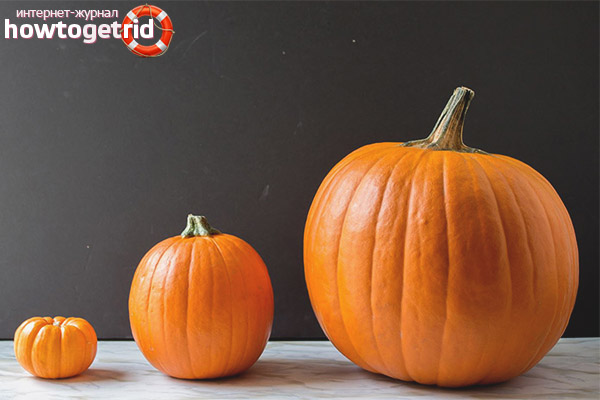
Proper nutrition of a woman in such a crucial period of her life is the key to the quality, nutrition and quantity of milk produced by the body. Every mother is concerned about how to extend this moment for a longer period, since science has not yet been invented with a better composition than breast milk.
Pumpkin is on that short list of foods that are allowed for use by a woman during lactation. Starting from the tenth day of life of a baby, a mother can gradually begin to include an orange vegetable in her diet.
Important! Pumpkin is rich in carotene, this can provoke an allergic reaction of the child’s body, as well as when the mother over-uses a useful product, the baby’s skin can acquire a yellow tint - an asymptomatic manifestation of carotinemia.
How to cook for maximum benefit
By baking pumpkin in the oven, it is possible to preserve all the valuable inclusions in the vegetable in full. It will enrich breast milk with all useful ingredients, and pumpkin baked under a layer of cheese will satisfy the taste of a true connoisseur of tasty and wholesome food.
A woman during lactation should abandon the use of fried foods, this rule applies to pumpkin. The only way of temperature influence on the product, which should be abolished for the period of breastfeeding, is frying. The use of such culinary dishes can lead to disruption in the digestive system, as well as the pancreas, kidneys and liver in an infant.
Contraindications to the use of pumpkins
Unfortunately, not every woman can feel the beneficial effect of the vegetable on the body, since it can not be eaten when:
- Low acidity and gastritis.
- Impaired acid-base balance.
- Colic in the intestines.
- Increased blood glucose (you can not eat pumpkin in raw form).
Problems associated with violation of the integrity of the teeth. Even with an ideal oral cavity, rinse it after eating pumpkin seeds.
Like any new product included in the diet during lactation, pumpkin should be consumed in moderation. In this case, more closely monitor the health of the infant. The manifestation of allergic symptoms serves as a signal for exclusion from the diet of this product.
Video: vegetables for a nursing mother


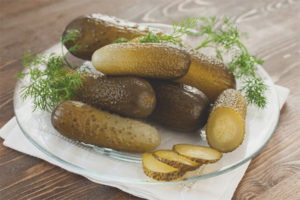
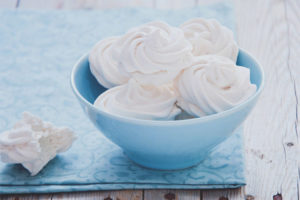
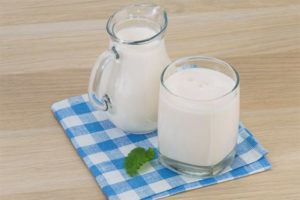
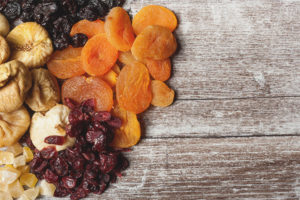
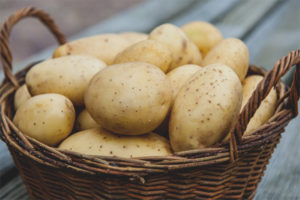

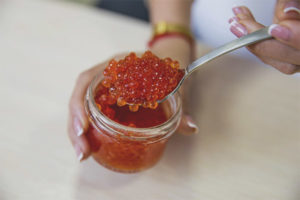
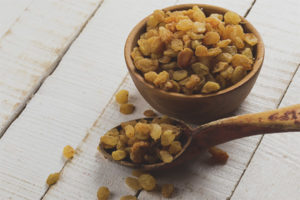
Submit